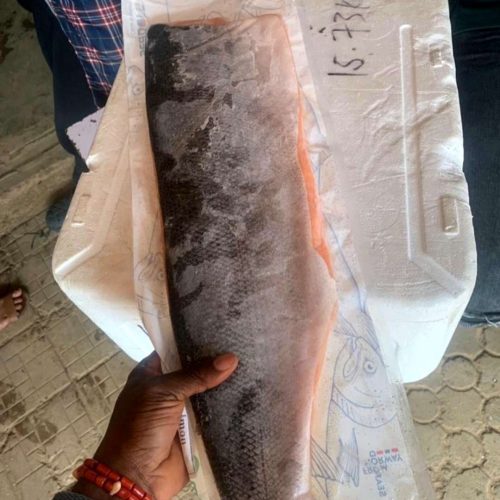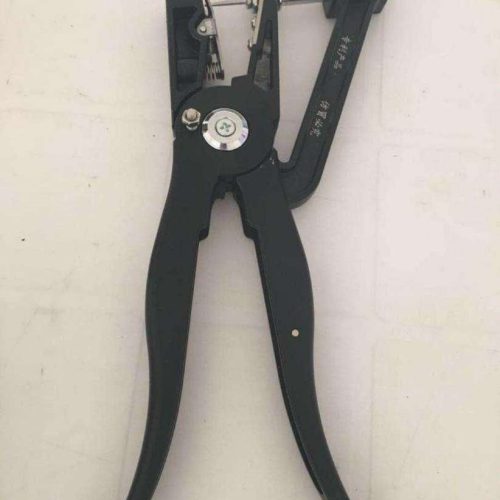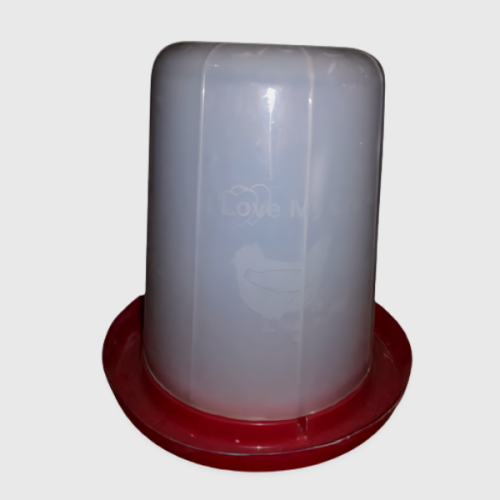A Power Tiller 8 HP, also known as a walking tractor or rotary tiller, is a versatile piece of agricultural machinery designed for soil preparation, planting, and weed control. An 8HP (horsepower) power tiller is a mid-range model that provides sufficient power for a variety of farming tasks, making it suitable for small to medium-sized farms.
Key Features of Power Tiller 8 HP:
- Engine:
- Equipped with an 8-horsepower engine, typically a 4-stroke, air-cooled diesel or gasoline engine.
- Provides ample power for tilling, plowing, and other farming activities.
- Transmission:
- Multi-speed transmission (usually 2-3 forward speeds and 1 reverse speed) for different soil conditions and tasks.
- Gear-driven transmission for better power transfer and durability.
- Tilling Width and Depth:
- Adjustable tilling width, usually ranging from 600 to 900 mm.
- Tilling depth can be adjusted up to 150-300 mm, depending on the model.
- Attachments:
- Compatible with various attachments such as plows, ridgers, seeders, weeders, and trailers.
- Quick attachment system for easy switching between tasks.
- Ergonomic Design:
- Adjustable handlebar for operator comfort and ease of use.
- Anti-vibration handle to reduce operator fatigue.
- Fuel Efficiency:
- Efficient fuel consumption to ensure long operation periods between refueling.
- Safety Features:
- Includes safety guards over the rotating parts to prevent accidents.
- Emergency stop feature for immediate shutdown in case of an emergency.
Technical Specifications:
- Engine Type: 4-stroke, air-cooled, single-cylinder
- Horsepower: 8 HP
- Fuel Type: Diesel or gasoline
- Fuel Tank Capacity: Typically 4-5 liters
- Transmission: Gear-driven, multiple speeds (2-3 forward, 1 reverse)
- Tilling Width: 600-900 mm (adjustable)
- Tilling Depth: 150-300 mm (adjustable)
- Weight: Approximately 100-150 kg (varies by model and attachments)
Usage Instructions:
- Pre-Operation Check:
- Inspect the tiller for any visible damage or wear.
- Check the engine oil, fuel level, and air filter condition.
- Ensure all bolts and nuts are tight and secure.
- Verify that the attachment is properly installed and secured.
- Starting the Engine:
- For gasoline engines, set the choke, prime the fuel, and pull the starter cord.
- For diesel engines, ensure the fuel system is primed and use the decompression lever if necessary before starting.
- Allow the engine to warm up before engaging the transmission.
- Operating the Tiller:
- Adjust the tilling width and depth according to the task.
- Engage the appropriate gear and start tilling at a steady pace.
- Make overlapping passes to ensure thorough tilling and soil preparation.
- Use the reverse gear carefully to avoid any obstacles and ensure safe operation.
- Post-Operation:
- Turn off the engine and allow it to cool.
- Clean the tiller, removing any soil and debris from the tines and body.
- Inspect for any signs of wear or damage and address as needed.
- Store the tiller in a dry, sheltered location.
Maintenance Tips:
- Regular Cleaning:
- Clean the air filter regularly to ensure optimal engine performance.
- Remove any soil and debris from the tines and transmission housing after each use.
- Engine Maintenance:
- Check and change the engine oil as recommended by the manufacturer.
- Inspect the spark plug (for gasoline engines) and replace it if necessary.
- Fuel System Care:
- Use fresh fuel and the correct oil mix (for 2-stroke engines) to prevent engine problems.
- Drain the fuel tank before storing the tiller for an extended period.
- Check Fasteners:
- Regularly check all nuts, bolts, and screws for tightness to ensure the machine remains secure during operation.
Safety Precautions:
- Wear Protective Gear:
- Always wear appropriate protective gear, including safety glasses, ear protection, gloves, and sturdy footwear.
- Clear Working Area:
- Ensure the area to be tilled is clear of bystanders, pets, and obstacles that could cause injury or damage.
- Safe Handling:
- Keep hands and feet away from the rotating tines at all times.
- Be cautious when refueling and avoid spills, especially on hot engine parts.













Reviews
There are no reviews yet